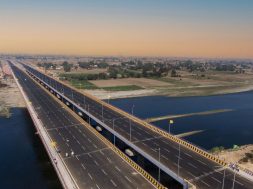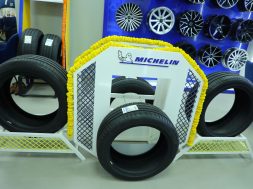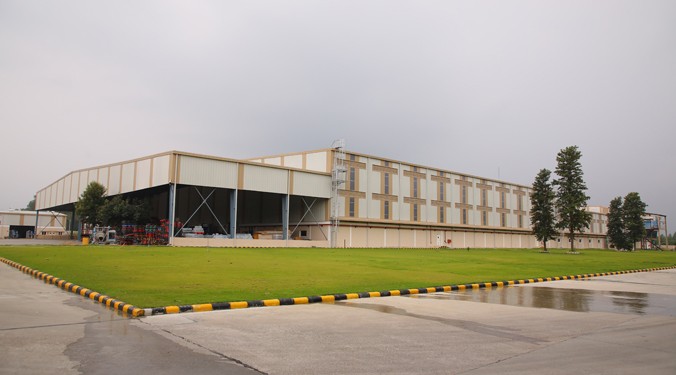Implementation of Radiant Cooling Architecture
Information technology giant Infosys has started implementing Smart Building Systems (SBS) in all its campuses. This study highlights the implementation of radiant cooling architecture in Software Development Building 1 at Pocharam, Hyderabad
Energy Efficiency StrategiesGreen Architecture Infosys Software Development Building 1 at Pocharam, Hyderabad is designed according to solar passive principles and has a high performance building envelope, consisting of insulated walls and roof. The windows have a high performance glass in a double glazed unit with argon infill. This ensures that the overall solar heat gain is limited to 1 w/Sqft.
The width of the floor plate is restricted to 16 metres to ensure adequate daylight from the north and south facing windows.
Radiant CoolingInfosys has the first commercial radiant-cooling building in India. This symmetric building is one half radiant cooling (uses water to cool) and the other half, efficient, but conventional air conditioning (uses air to cool). This living experiment makes a very compelling case for more efficient cooling systems, as you can compare all the data in real time.
Cooling systems use the fundamental laws of physics to provide cooling to a building. Regular air conditioning uses air and convection to cool a building which is an inefficient way of supplying cool air into a room. By using conduction and radiation, the more effective ways of transferring heat, we are able to cool the building much more efficiently. For the same given volume, water is about 3,400 times more efficient in transferring heat than air – which means that the amount of energy required to pump water to cool the space to required temperatures, is negligible, compared to amount of energy required to move enough air for the same work.
In the radiant cooling side of the building, concrete slabs are installed that have polyethylene pipes imbedded in them so that the cold water cool the entire slab. Humans radiate their heat to the slab directly; similar to what is referred to as the “cave effect”. Also, in the radiant cooling side, the quantity of air required is 1/5 of what is required for the conventional side because most of the cooling is done by the radiant slab. Thus, the air system is mainly required for providing fresh air. Lastly, the air quality on the radiant side is much higher because there is no recirculation needed, so the contamination is reduced. Natural Daylight DesignIn this building, to ensure the harvesting of adequate amount of natural light, the windows are split into an upper pane that lets in natural light and the lower pane which provides the outside view. The windows are completely shaded with horizontal louvers and vertical fins to prevent glare. This ensures that the entire office is day lit without glare from 8:00 am to 5:00 pm.
Above each window, a light shelf (a flat, horizontal, panel) is installed which reflects the incoming sunlight onto the ceiling, thereby distributing deeper in to the space. Even when the lights are on, the lighting system is designed to be 50 per cent more efficient than global standards.
Smart Building Systems (SBS) Infosys has started implementing Smart Building Systems (SBS) in all its campuses. Building loads are dynamic because conditions of weather, occupancy, and activity all vary. SBS builds intelligence into building operations in the form of energy saving algorithms. This helps various building sub-systems talk to each other and respond to the changing needs of the building. SBS provides the data we need to understand the energy distribution in our buildings and identify potential areas for energy savings. One of the key challenges is to verify and ensure that these systems are delivering their promised efficiencies not only during the building commission stage but throughout the life of the building. SBS systems make sure that the system is living up to its energy potential.
One of the most important aspects of SBS is that it ensures comfort to our employees by providing the right indoor air quality. Alarms and alerts are configured to handle any abnormalities.
Quick facts of SDB 1• Conventional side of the building is 30 per cent more efficient than ASHRAE (American Society of Heating, Refrigerating and Air-conditioning Engineers) standards, on top of which the radiant cooled side is 30 per cent more efficient than the conventional side• Building is 40 per cent better than global ASHRAE standards• Entire building is 50 per cent more efficient than any other building at Infosys• Lighting design is 50 per cent more efficient than global ASHRAE standards.
56
Cookie Consent
We use cookies to personalize your experience. By continuing to visit this website you agree to our Terms & Conditions, Privacy Policy and Cookie Policy.









